
Gebundenes Buch
An Introduction to Quantitative Research and Statistics
18. Juli 2025
Taylor & Francis Ltd
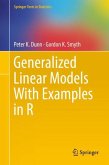
Gebundenes Buch
1st edition 2018
11. November 2018
Springer / Springer New York / Springer, Berlin
978-1-4419-0117-0
| eBook, PDF | 81,95 € |
eBook, PDF
10. November 2018
Springer New York
Ähnliche Artikel
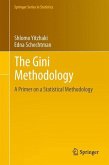
Gebundenes Buch
A Primer on a Statistical Methodology
2013
13. November 2012
Springer / Springer New York / Springer, Berlin
978-1-4614-4719-1
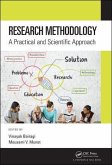
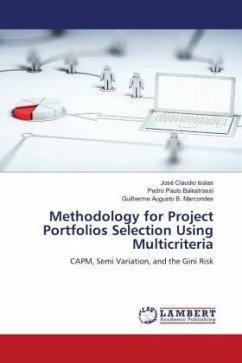
Broschiertes Buch
CAPM, Semi Variation, and the Gini Risk
17. Februar 2022
LAP Lambert Academic Publishing
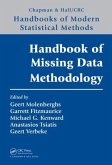
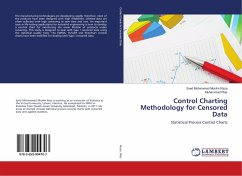
Broschiertes Buch
Statistical Process Control Charts
10. Juni 2016
LAP Lambert Academic Publishing
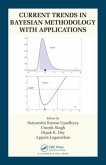
Gebundenes Buch
21. Mai 2015
Chapman and Hall/CRC
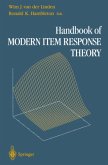
Gebundenes Buch
1996.
15. November 1996
Springer / Springer New York / Springer, Berlin
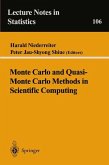
Broschiertes Buch
Proceedings of a conference at the University of Nevada, Las Vegas, Nevada, USA, June 23¿25, 1994
1995.
11. September 1995
Springer / Springer New York / Springer, Berlin
978-0-387-94577-4

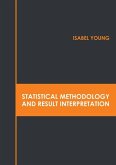
Gebundenes Buch
27. September 2022
States Academic Press
Ähnlichkeitssuche: Fact®Finder von OMIKRON
